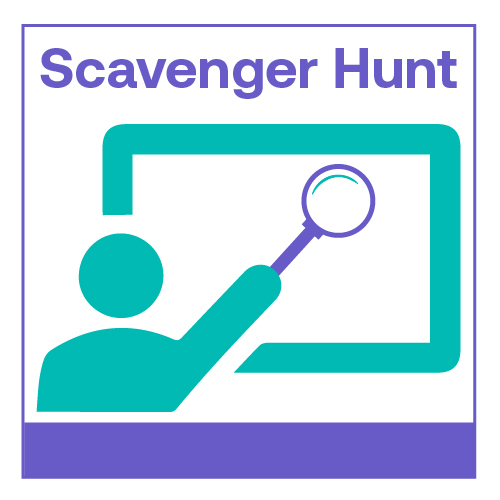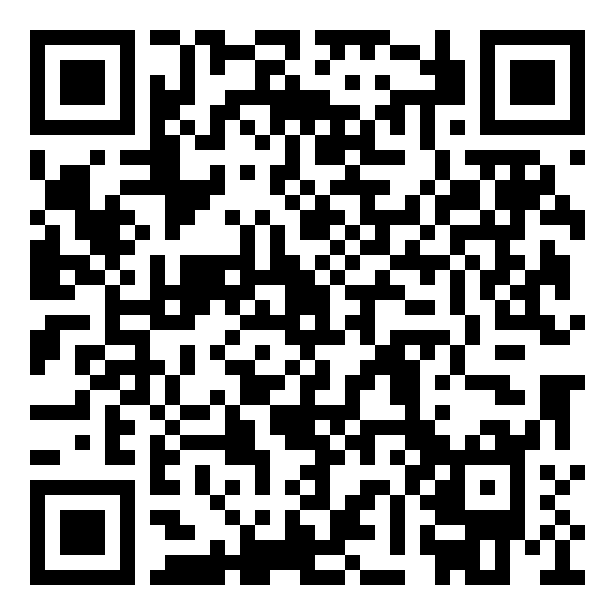
Assay Development and Screening
Development of a Real-Time, Continuous, Fluorescence Microplate Assay for Epidermal Growth Factor Receptor Tyrosine Kinase Activity

Erik M. Schaefer, President, CEO & CSO
President, CEO & CSO
AssayQuant Technologies, Inc. -
Marlboro, Massachusetts, United States
Primary Author - January Poster(s)
Development of a Real-Time, Continuous, Fluorescence Microplate Assay for Epidermal Growth Factor Receptor Tyrosine Kinase Activity
Erik Schaefer, Ph.D. and Bill Lu, Ph.D.
AssayQuant Technologies, Inc., 260 Cedar Hill Street, Marlboro, MA 01752
Epidermal Growth Factor Receptor (EGFR) is a member of the HER (Human Epidermal growth factor Receptor) network of receptor tyrosine kinases (https://www.ncbi.nlm.nih.gov/pmc/articles/PMC5215954/). It is a self-phosphorylating dimer that is one of the most commonly found modified oncogenes in solid tumors (https://pubmed.ncbi.nlm.nih.gov/22785351/). This family of ligand-binding, activatable, receptor-based enzymes are active targets for drug discovery (https://www.ncbi.nlm.nih.gov/pmc/articles/PMC3359794/), particularly in combination with antibody therapies (https://pubmed.ncbi.nlm.nih.gov/15289342/). Yet, antibody-dependent cell-mediated cytotoxicity is a complex phenomenon and the efficacy of a particular kinase inhibitor, when combined with a particular monoclonal antibody, appears to be highly dependent on mechanism of action of the inhibitor (https://clincancerres.aacrjournals.org/content/27/3/807). Therefore, tyrosine kinase activity assays that enable analysis of this mechanism of action, allowing profiling and ranking of lead candidates early in the discovery process, are likely to be more fruitful for developing such combined therapeutic approaches than end-point inhibitor screens. We describe here the development of a continuous, real-time, fluorescence-based assay for EGFR tyrosine kinase inhibitors, designed for use in combination with standard lab-automation equipment, which provides the key kinetic data necessary for ranking and dissecting the mechanism of action of lead candidates. We found that we could readily distinguish covalent from reversible inhibitors based on residence time and that the method worked with wild type (natural) EGFR and five different mutants. The method is highly reproducible and easy to use, identifying known inhibitors readily, along with elucidating their modes of action.
 View Leader Board
View Leader Board
SLAS Events

1st Prize - Comp Reg + Hotel/Airfare to SLAS2023 in San Diego
2nd Prize - $50 Starbucks Gift Card
3Rd Prize - $25 AMEX Gift Card
Keep an eye on the leader boards to see who’s at the TOP. Winners will be announced after SLAS2022.
Each participating poster in the exhibit hall will have a QR code next to it. For virtual participants, look for the scavenger hunt icon for participating posters.
